Sometimes it’s helpful to be prompted by a deadline to take a break. In this case it’s a companion voucher with BA, so on the basis of use it or lose it, we are off to St. Lucia in the Caribbean. The island lies at the southern end of the Lesser Antilles chain about 1300 miles south of Florida. Grenada and St. Vincent and the Grenadines are to the south, with Dominica and Antigua to the north, and Barbados slightly east. We arrive at Hewanorra Airport (the original name of the island – the land of the iguana) and are driven to the hotel. This cannot be a direct route because of the large amount of rainforest in the way, dominated by the Pitons – volcanic peaks formed 40,000 years ago. We drive up the east coast through Micoud and Dennery, then inland past the Fond D’Or nature reserve and over to the west side, where we drop down to Anse La Raye. Down here is a lovely resort called Ti Kaye (Little House in Creole) where we are ideally positioned for sunset.
The island has a lot of charming wildlife including tiny black finches that will eat out of your hand, yellow warblers, all sorts of coloured doves and pigeons, and large land crabs in pink and blue about the size a of a dinner plate. Apparently the locals eat them and they are very tasty. And then of course there are the fish. When we head out for a snorkel a guy appears in a canoe and offers to drag us up and down the reef. It works well and saves a lot of effort but the sting in the tail is the $40 he wants afterwards. Still, we got to see a fairly healthy reef with staghorn and fan corals, a good variety of fish including parrot fish and pipefish, and a lot of curious tubular corals looking like giant ochre-coloured pasta, which may be something to do with the sulphurous output of the volcano. Underfoot is all pumice stone.
The social history of the island would take pages to narrate, but roughly: the Arawak-speaking Amerindians were here from BC 500, then the Caribs arrived from 800 onward. In the 1550s the French arrived, and ever since the country has ping-ponged back and forth between being French and English. In one 150-year period, it changed hands 14 times. The result is that, unlike some Caribbean islands, the locals cannot be entirely sure where they really come from.
Our little friend the St. Lucian Back Finch seems to have our balcony as his domain. He becomes bolder by the day, regularly dropping by to see if there is something to eat. He will devour the tiniest morsels – about 1mm square – at high speed and then clean his beak on each side. He is also adept at catching insects on the wing. Having spotted that the food we are giving him comes from an orange packet containing some crackers, he rushes off and then reappears with a berry of exactly the same colour, which he seems to offer in exchange. This is reminiscent of birds of paradise building bowers made entirely of materials all of the same colour.
We head out snorkelling. On a boat down the west coast for 30 minutes, past Pointe la Ville, Jambette Point and Canaries, to arrive at Soufriere Bay. This is the most stunning setting, directly below Gros Piton (798m) and Petit Piton (743) – the symbols of the island. This is called Superman’s Highway – you can adopt his famous flying position and the current will take you along in the presence of huge quantities of reef fish, interspersed with other delights such as barracuda. No effort required. Then back on ourselves to the Anse Chastanet National Marine Park where a small area has been set aside, including frames for growing coral. This is probably the best snorkelling we have ever experienced, and reassuring to see so much health and diversity when so many other reefs are now dead.
The weather begins to turn and rumours begin of a hurricane coming in. After initially dismissing this as somewhat over dramatic, sure enough the St. Lucia Tourism authority places the island under a Hurricane Watch and issues an official Tropical Storm Warning. All activities and flights are cancelled, the boats disappear from the water, and staff begin diligently battening everything down. The restaurant has an open side to the (leeward) ocean, so dinner is delivered to chalets individually. It howls all night and in the morning a proportion of the rainforest vegetation is scattered around the grounds. The internet is down and it’s still tipping down. So it’s a morning for reading and writing – no bad thing for western executives who spend too much time online.
I was chatting to the guy who maintains the plunge pool and asking his experience of hurricanes. Apparently in 2007 Hurricane Dean destroyed 60% of the banana crop. No, that was a tropical storm, he says. Okay, what about Hurricane Tomas in 2010 when mudslides in Soufriere killed 14 people? Tropical storm, he said. It seems that British tourist guides like to overdramatize the weather here.
On our penultimate day we take a boat north to visit the capital Castries – a population of 70,000+ and the venue for cruise ships. It’s pretty pleasant in relation to many ports we have visited. A wander through the market reveals all the usual paraphernalia and we end up in Walcott Square – named after Derek Walcott who won the Nobel Prize for Literature in 1992. Here there is a sizeable Basilica – capacity 2,000 – in the classic Roman Catholic style. The traffic is clogged up because the beauty queens are advertising next months’ festival. We return on the boat via Marigot Bay, described as a Hurricane Hole where posh boats shelter in storms. It also features the houses of Oprah Winfrey, who seems to have one everywhere, and Morgan Freeman. Posh stuff indeed.
With the weather now settled it’s a final day on the beach before heading home. This is an excellent Caribbean island with interesting history, high quality landscape and friendly people. 9 out of 10.

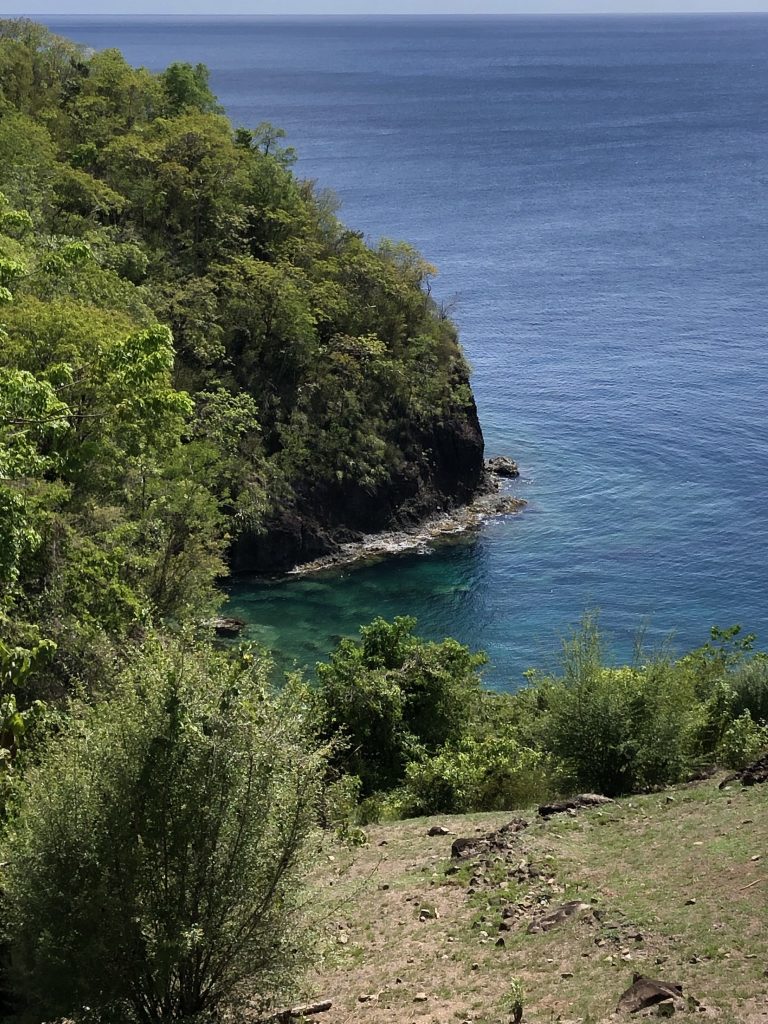
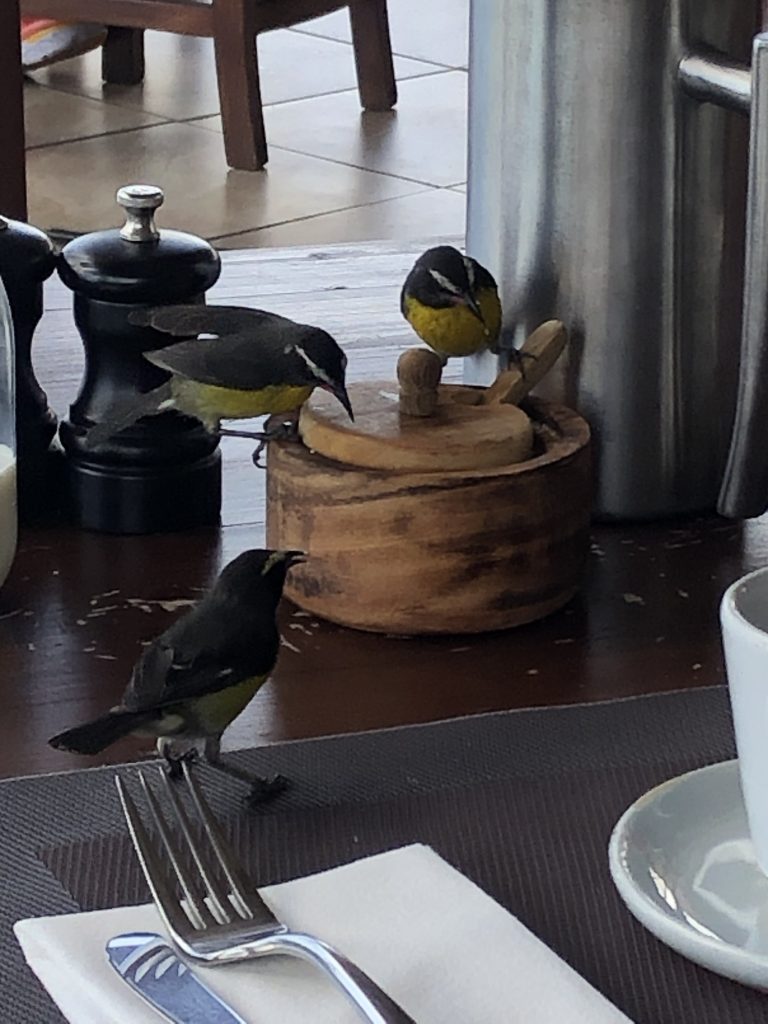

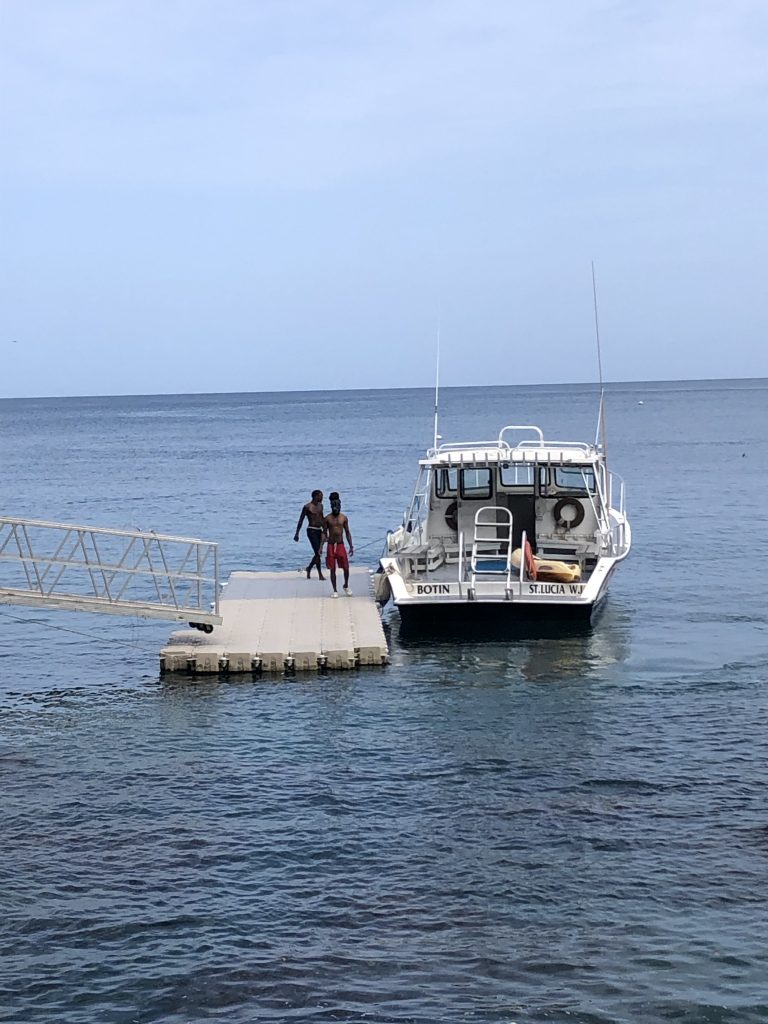
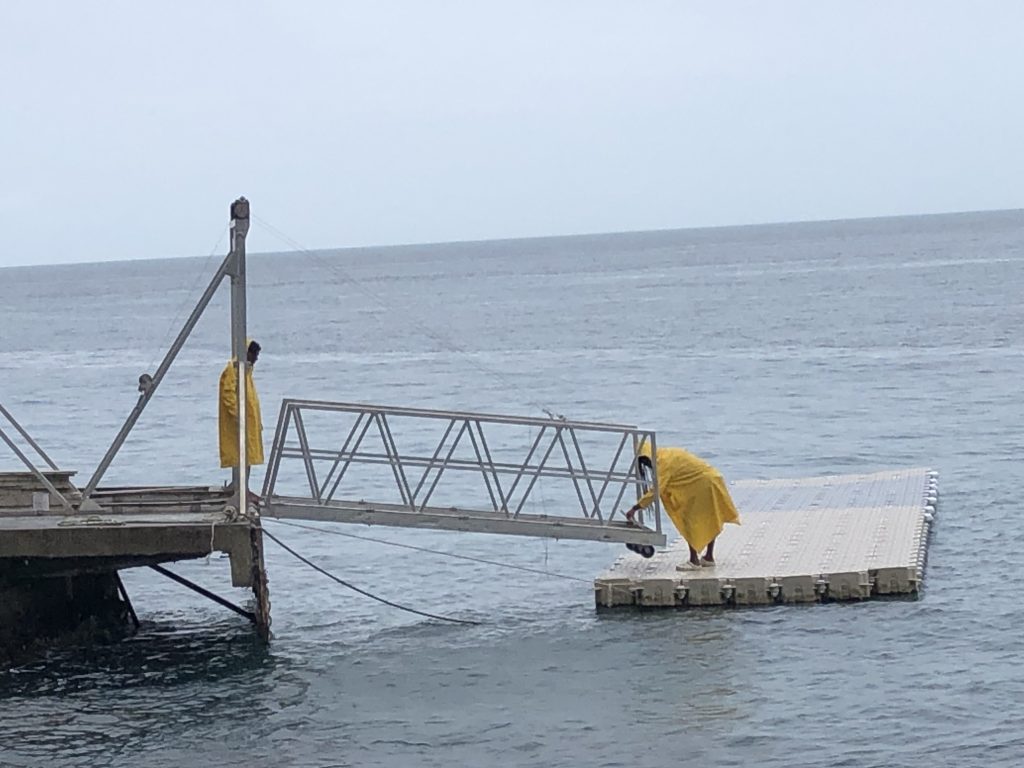
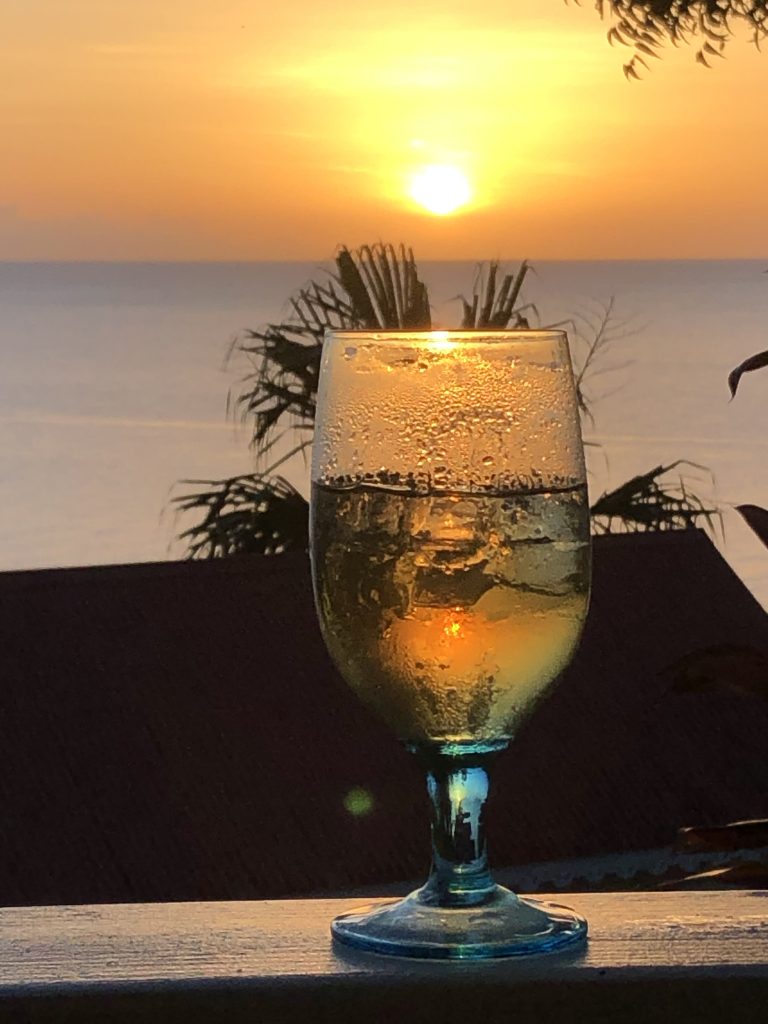
Leave A Comment